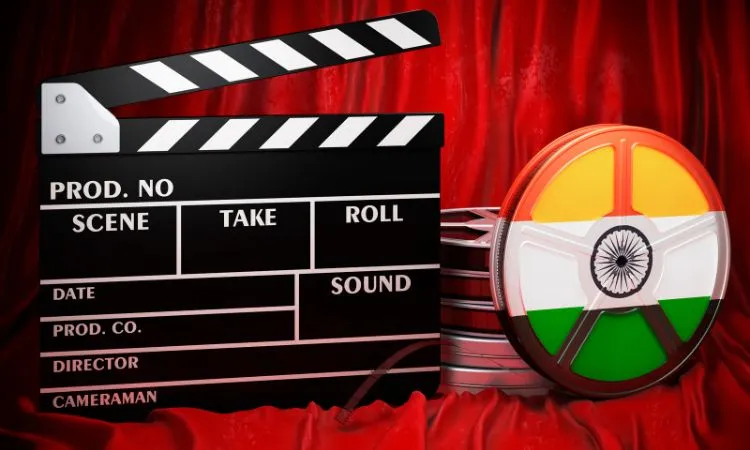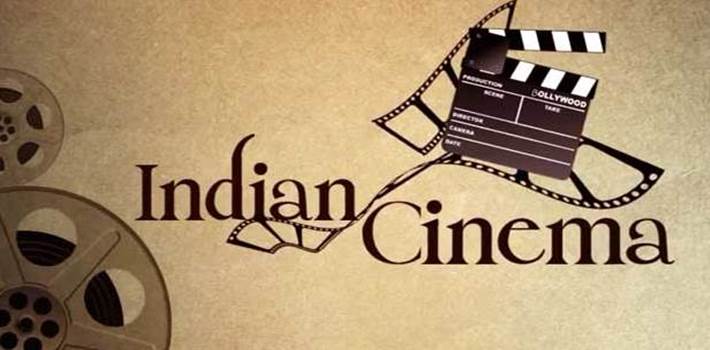CBFC India 1996: A Milestone Year for Indian Film Control

The Focal Leading group of Film Confirmation (CBFC) in India faced a number of challenges in 1996 that re-imagined its role in Indian film and sparked discussions about oversight, creative liberty, and public reasonableness. The CBFC, otherwise called the “Control Board,” is accountable for checking on and confirming movies for public show in India. This job has been at the focal point of debate since it goes about as a middle person between the imaginative dreams of movie producers and public ethical quality.
In order to comprehend the significance of 1996, it is essential to investigate the CBFC’s history and legal framework, as well as the events of the year and the wider cultural and political climate in India at the time. political climate in India at the time, in order to comprehend the significance of 1996.
The Job and Starting points of CBFC
The Focal Leading group of Film Confirmation was laid out under the Cinematograph Demonstration of 1952. Its essential capability is to survey films and give them proper appraisals in view of their substance. Films in India are arranged into different affirmations, for example,
U (Widespread) – Appropriate for all ages.
UA (Parental Direction) – Appropriate for kids over 12 with parental prudence.
A (Grown-up) – Reasonable just for grown-ups.
S (Confined to exceptional gatherings) – Implied for a particular crowd, like specialists or researchers.
The CBFC’s job has forever been to guarantee that movies line up with the social and moral texture of Indian culture. Over the long haul, notwithstanding, the board has been censured for being enthusiastic in its restriction, prompting a back-and-forth between artistic liberty and control.
The Political and Social Climate in 1996
India experienced significant change in the middle of the 1990s. The nation was still trying to adjust to the rapid shifts that the economic liberalization of 1991, which had opened its markets to the rest of the world, had brought about. With expanded openness to global film and social impacts, Indian movie producers were exploring different avenues regarding bolder subjects, including issues of sexuality, governmental issues, and civil rights.
On the political front, the 1996 general decisions saw an emotional change in power, with the Congress party losing its predominance and an alliance government becoming possibly the most important factor. Cultural policies and an increased awareness of media content, particularly films, were also influenced by this political flux.
In this climate, the CBFC ended up exploring the fragile harmony between regarding conventional Indian qualities and recognizing the advancing imaginative and social articulations of movie producers.
Significant Oversight Discussions of 1996

1996 was an especially provoking year for the CBFC because of a few high-profile films that pushed the limits of ordinary film. Two films stand out in particular for the heated debates they sparked regarding censorship: Fire” by Deepa Mehta and “Desperado Sovereign” by Shekhar Kapur.
1. ” Fire” – A Striking Investigation of Sexuality
Deepa Mehta’s “Fire,” delivered in 1996, was a historic film in many regards. It depicted a lesbian connection between two ladies in a moderate Indian family. This subject was viewed as exceptionally dubious in a nation where conversations around homosexuality were still to a great extent no. The CBFC passed the film with ‘A’ endorsement, meaning it was limited to grown-up crowds. Nonetheless, upon discharge, “Fire” ignited fights from moderate gatherings who felt that the film was an attack against Indian qualities and culture.
The CBFC’s choice to pass the film prompted broad discussions about the board’s job. Should the CBFC go about as an ethical gatekeeper, guaranteeing films don’t insult cultural qualities? Or on the other hand would it be advisable for it to help artistic liberty and the right of producers to investigate socially applicable subjects, regardless of whether they are questionable? The reaction against “Fire” featured the profoundly dug in traditionalism in Indian culture and the developing pressures between customary qualities and present day thoughts.
2. “Bandit Queen” – The Brutal Reality of Phoolan Devi’s Life
“Another 1996 film that put the CBFC in the spotlight was “Bandit Queen,” which was based on the life of Phoolan Devi, a notorious female bandit turned politician. “Bandit Queen” was based on Phoolan Devi’s life. The harsh realities of Phoolan Devi’s life, including her encounters with sexual violence, poverty, and oppression, were portrayed in the film.
The CBFC at first cleared the film with a few cuts, however its unequivocal substance, including scenes of assault and brutality, actually drew analysis. Many contended that the film was excessively realistic and would adversely affect watchers, particularly given India’s touchy social setting with respect to issues like orientation savagery. Then again, allies of the film contended that the merciless genuineness of “Outlaw Sovereign” was important to reveal insight into the predicament of ladies like Phoolan Devi, who confronted outrageous maltreatment and double-dealing.
The discussions encompassing “Desperado Sovereign” rotated around how much creative articulation ought to be allowed while portraying delicate subjects. Although many people believed that the cuts diluted the film’s message, the CBFC’s handling of the film was viewed as an attempt to balance the rawness of the content with public sensibility.
Oversight, Artistic liberty, and the Fate of CBFC

The contentions of 1996 constrained the CBFC to reevaluate its way to deal with film confirmation. The most difficult problem was figuring out how to interpret and apply the Cinematograph Act’s rules without limiting artistic expression. In the outcome of these contentions, there were calls for change in the control cycle. Producers and pundits contended that the CBFC’s job ought to be one of accreditation instead of oversight. This viewpoint underscored the requirement for a more liberal and nuanced way to deal with film grouping, where the crowd, especially grown-ups, ought to reserve the privilege to pick what they wish to watch.
The conversations from 1996 made ready for future discussions on oversight in India. The CBFC underwent a number of changes over the following years, each chairperson bringing their own interpretations of the censorship role. For example, under the authority of figures like Sharmila Tagore and Pahlaj Nihalani, the CBFC saw further discussions connected with film cuts and boycotts, however the general pattern was toward more liberal confirmation.
The Enduring Effect of CBFC India 1996
The year 1996 was a defining moment for the CBFC and Indian film. The discussions on films like “Fire” and “Criminal Sovereign” featured the developing disengage between the advancing desires of Indian movie producers and the assumptions for moderate areas of society. It additionally mirrored the more extensive strains inside Indian culture as it attempted to accommodate custom with advancement notwithstanding globalization and social change.
While the CBFC’s role continues to change, 1996 stands out as the year when the Indian public and the board were forced to confront uncomfortable questions about censorship, morality, and the power of movies. The occasions of that year stay important as India keeps on wrestling with issues of oversight in an undeniably interconnected world, where the lines between open conventionality, creative liberty, and social sensitivity are persistently being redrawn.
Conclusion
CBFC India 1996 was a milestone for contending philosophies – among traditionalism and innovation, oversight and artistic liberty. Not only did the board’s decisions be questioned by the controversies surrounding movies like “Fire” and “Bandit Queen,” but they also sparked a national debate about how movies reflect and shape society’s values. As India keeps on developing, so too does the discussion about the job of the CBFC, making 1996 per year of getting through importance throughout the entire existence of Indian film.
For more information, visit our homepage!


